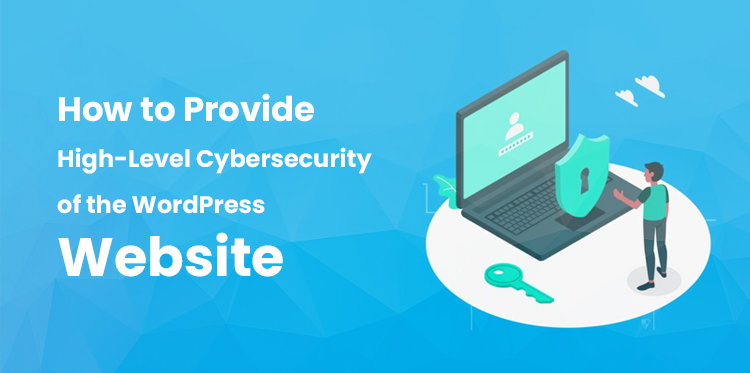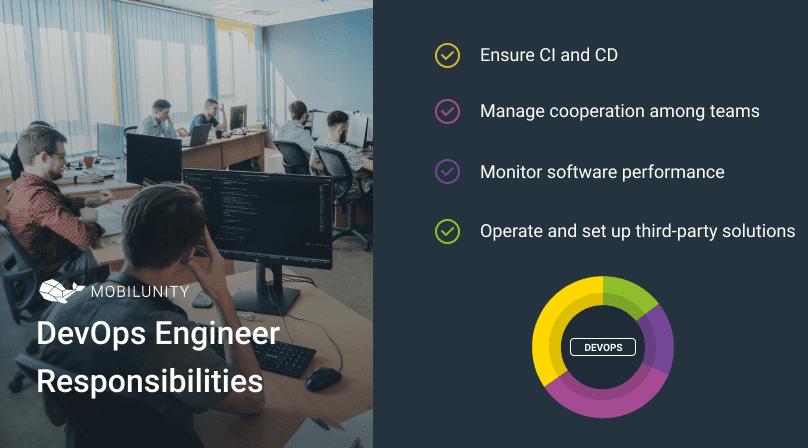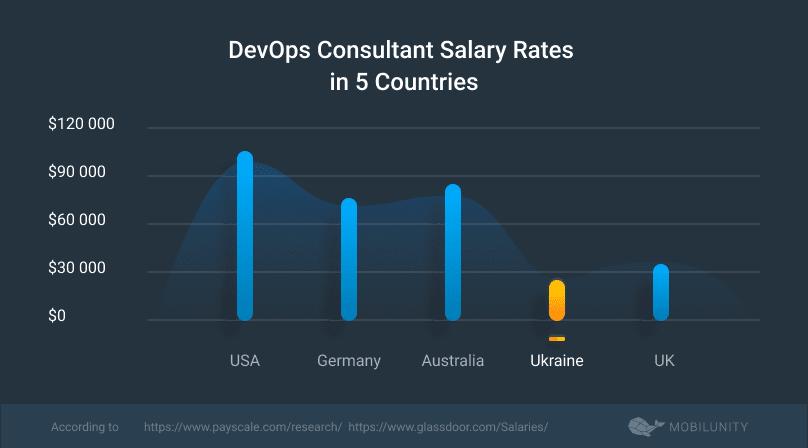High-Level Cybersecurity of the WordPress Website
An email from WordPress in your inbox: “Some plugins have automatically updated to their latest versions on your site. No further action is needed on your part”. “Oh, how nice that these guys take care of my site, it’s safe and sounds in their hands”. – you feel relieved.
Table of Contents
But is it so with hacker attacks happening every 40 seconds? And is there anything you can do to protect your WordPress website from cyber-attacks?
From this article, you’ll learn about the core vulnerabilities of WordPress and how to secure your website, protect sensitive data, and keep your IT infrastructure healthy.
WordPress Security Issues
Due to WordPress’s popularity, this CMS (Content Management System) remains the focus of bloggers, startups, private businesses, big corporations, and … hackers.
Owners and CEOs work hard to build their brand image, offer valuable content, collect potential customers’ data, or offer banking services. And frauds can access and take advantage of sensitive data: make it public, delete, change, or steal.
Each WordPress website consists of three elements: core, themes, and plugins. Plugins and themes are the main reason this platform is so popular– you can customize the design of your website and add various functions.
But with all the value these extensions provide, they also become gateways for hack attacks –– once not secured by DevOps experts properly. We’ll come back to this later in this article.
Understanding Web Cyberattacks
What Motivates Hackers
Cyber attackers have three main reasons for compromising a website: political, criminal, and personal. If attackers steal money or want to get paid in return for the stolen data, they are criminals.
Offended employees (former or current) have personal reasons for attacking, while hacktivists from the “political” category compromise the data of big corporations or government institutions.
They do that to gain visibility and attract attention to the promoted idea that is usually based on subjective perceptions. So, why is the cybersecurity of the WordPress Website important?
The Harm of Cyber Attacks
Hacked web pages can show wrong information –– like links to malicious payment forms or code that infects your device. Or they don’t show anything, but a black screen or error page, so users can’t reach them.
For business websites and landing pages, every minute of inaccessibility means losses in profit since potential clients can’t make orders or leave contact data. That’s frustrating, but, for example, compromised payment security on an e-commerce website is much worse.
Theft of payment details from your webpage or exposure of sensitive information can lead to lawsuits from affected clients –– and cost thousands of dollars.
Moreover, the brand image will be destroyed. To avoid negative consequences, we need to understand how web attacks happen.
4 Most Common WordPress Web Attacks (with Security Recommendations)
1. XSS (Cross-Site Scripting) Attacks
This type of attack is the most widespread vulnerability of all websites. A hacker includes a malicious script into the website and waits until a visitor clicks the triggering link or button to make an XSS attack. By this, the victim initiates code execution in the browser or server.
This way, the attacker infects the user’s device and gets access to various accounts or passwords for online banking. So, frauds mask their dangerous code with trustful websites, using them just as a means of transport. That’s how your website becomes harmful to users.
How to keep your website secured. To eliminate the danger, one needs to set up a WAF (Web Application Firewall) or simply a firewall. Usually, your web hosting company secures its WordPress websites against malicious queries –– identifying and blocking them.
However, your DevOps team can incorporate a header code that will not load the page once XSS attacks are detected.
Thus, DevOps engineers can ensure a smooth CI (Continuous Integration), and CD (Continuous Delivery) pipeline since providing CI/CD is one of their primary responsibilities.
2. SQL (Structured Query Language) Attacks
An SQL injection is possible when a website appeals to an SQL database to retrieve data. An attacker replaces the initial query with a modified one and thus, hacks the system –– getting access to private information.
For example, when you enter a login and password, a website asks its database to check the combination of the two.
For example, an administrator has the “admin” login and “password” as its password. Once the program finds this pair in the database, it lets you log in.
But a hacker can make the system “see” only the first part of the request (with an adjusted code) and authorize logging in with the “admin” username only.
This is how attackers change the logic of algorithms. Similarly, fraudsters can use SQL injections to access hidden data, get into other databases, understand the structure, or make the system ignore requests.
How to keep your website secured. Fake SQL queries can be detected by scanners and manually –– provided that DevOps engineers regularly test each entry point to your WordPress website.
Another way to prevent breaches is to forbid users’ requests to access databases directly. For this, DevOps developers can stop using dynamic queries in their code.
3. CSRF (Cross-Site Request Forgery) Attacks
This kind of attack initiates actions that users weren’t going to perform. For example, CSRF attacks can change email, passwords, or other credentials of user’s accounts. After this, a hacker gets total control and can, for example, transfer money “legitimately.”
However, to launch such an attack, frauds need to know the user’s input parameters. And they can learn them from cookies (sent by a vulnerable website) –– to confirm that the session is active. That’s why open bank sessions shouldn’t be left unattended.
How to keep your website secured. To protect users from unauthorized data theft and ensure DevOps security, developers can add one value to the login+password combination –– called a CSRF token.
This is a unique number generated by the server side: it sends the secret code to the client side and then compares the two numbers. If the token is different or missing, such a request is denied, and the session is closed.
4. Vulnerability of External Themes and Plugins
Third-party plugins and themes cause multiple security issues for WordPress websites. Plugins allow users to incorporate chatbots, accept payments in various currencies, add availability calendars, and use security tools –– these are just a few of the thousand functions they offer.
But despite useful services that improve customer experience and give a website a stylish look, users should set up plugins and themes with caution.
How to keep your website secured. The first recommendation is to add plugins from trusted sources like the WordPress plugin repository since the WordPress security team checks every plugin before it goes public.
Commercial plugin developers usually inform users about the vulnerability and update software.
However, free authorized software add-ons aren’t updated regularly. So, your DevOps methodology should ensure a regular check of every plugin’s status and feasibility to secure your business from hack attacks.
If you need help with setting up an effective workflow for software development, DevOps consultants can help.
Here are the four main ways attackers can reach your sensitive data. But it’s hard to keep your website protected, approaching each security issue separately. Well, you don’t need to –– since there is an advanced DevSecOps pattern that we describe below.
DevOps Approach and Cyber Security Policy
In 2021, a company’s cyber security comprises more procedures than just regular updates of its firewalls and antiviruses. Digital security requires a more complex approach to protect clients’ and employees’ sensitive data and financial information.
In addition, cybersecurity of the WordPress measures deliver a good customer experience to your potential clients. To ensure that all digital security activities are centralized and held accordingly, the DevOps security team needs to enforce a security policy.
This document will define what tests have to be done, prescribe which results are acceptable, and define which findings should be sent to the security-issue tracking system. The policy also should state how to maintain the IT infrastructure, whether on its own or cloud servers.
But, on the other hand, documented processes can affect the basic DevOps principles –– agility and speed. Well, the solution lies in the DevSecOps model that balances the demands of both teams and aligns their efforts.
Wrapping Up
WordPress websites are top-rated among users, and that’s what makes them attractive to hackers too. They can harm businesses and customers by stealing their personal data, revealing sensitive information, and compromising bank details.
To breach a website and stay unnoticed, frauds use numerous tactics like XSS, SQL, and CSRF attacks, or through third-party themes and plugins for your WordPress website.
Multinational corporations, state organizations, private businesses, and other website owners should digitally secure their web resources.
For this, they can align the performance of DevOps and security teams, working out flexible policies and procedures that ensure effective cooperation.
We hope this article will provide your WordPress website with high-level cybersecurity, keeping it safe and running!




